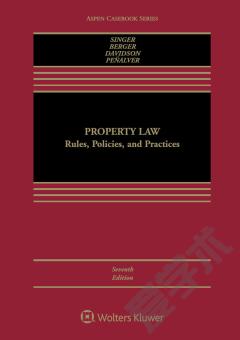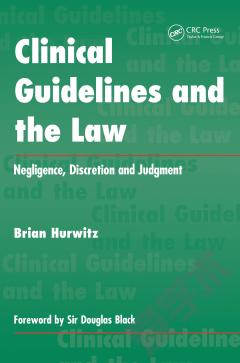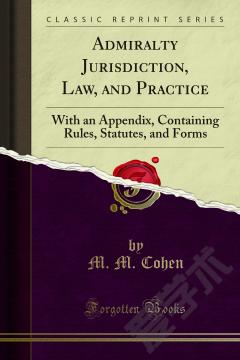Sentencing Law and Policy —— Cases, Statutes, and Guidelines
----- 量刑法律和政策:案例,法规和指南
This coursebook provides materials for a 3-unit course or seminar on sentencing law. In a criminal justice system where more than 90% of cases are resolved through plea bargains, sentencing law becomes the primary legal arena for the daily work of the practicing criminal lawyer. The field of sentencing also provides a case study in the dynamics of law reform, and wrestles with profound and ancient themes of justice and the nature of law: what makes rules and procedures wise, which institutions should design and implement these rules, how much discretion the rules should (or must) allow in each case, and what impact the law will have on human lives. The book surveys common elements that operate in several different sentencing systems: the federal sentencing guidelines, state guideline systems, discretionary indeterminate sentencing, and capital sentencing. The organization of the book covers the institutions and basic design choices for sentencing systems (Chapters 1-3), the inputs that determine sentences for individual cases (Chapters 4-5), the outputs of the system, including the racial and gender patterns found in sentences (Chapters 7-9), and the procedural contexts for sentencing decisions (Chapters 6, 10, and 11). Principal materials come from many sources, reflecting the many institutions that shape and apply sentencing law. The examples from structured guideline jurisdictions - the dominant modern sentencing reform - occupy the center of attention. Because the federal system is well-developed and closely critiqued, the book devotes steady attention to that system, but also samples from many state systems. The capital materials generate revealing comparisons with non-capital sentencing practices.
{{comment.content}}








 京公网安备 11010802027623号
京公网安备 11010802027623号